In 2019, the Porsche Taycan was announced at the Frankfurt Motor Show. It raised a few eyebrows among Porsche enthusiasts and EV fanatics, as not only was it the German automaker’s first electric car, but it also was the first fully electric vehicle that could challenge the Tesla Model S in straight-line performance.
Now, there are a few high-performance EVs on the market, from the Model S Plaid, Plaid+ to the upcoming Roadster, and even a handful of electric hypercars such as the Lotus Evija, Rimac C_Two and the Pininfarina Battista – all of which achieve 60mph from a standstill in under three seconds.
If you’d prefer to watch a review of the Porsche Taycan Turbo, head on over to our YouTube channel.
Porsche Taycan Turbo price & competition
Unlike the limited-production hypercars and not-yet-released Roadster, the Taycan is readily available to consumers. The base-level model, which operates on a rear-wheel-drive (RWD) system, came out in early 2021 – it can get from 0-60mph in 5.1 seconds and starts from £75,500. Move up to the Taycan 4S and you’ll have an all-wheel-drive (AWD) system at your disposal, bringing that 0-60mph time down to 3.8 seconds – it starts from £86,500.
Find the best Porsche Taycan deals
On review, however, is the AWD Taycan Turbo that has more power than its cheaper siblings. It’ll get from 0-60mph in 3 seconds and starts from £119,900. Should you want the ultimate Porsche EV, then you’ll want the Taycan Turbo S that will get you to 0-60mph in a mere 2.6 seconds. Unsurprisingly, it costs more with prices starting from £142,400.
As standard, the Porsche Taycan Turbo comes with the following options:
- Dual motor with 2-speed transmission outputting up to 500 kW (680 hp) of power, 850 Nm of torque and a top speed of 161 mph
- Porsche Torque Vectoring Plus (PTV Plus) and Porsche 4D chassis control
- 93.4 kWh (83.7 kWh usable) battery pack with an integrated heat pump that provides a claimed range of 242-258 miles on the WLTP test cycle
- Up to 270 kW input charge
- 6-piston 415mm front and 4-piston 365mm rear brakes with Porsche Stability Management (PSM)
- 20″ Taycan Turbo Aero wheels
- 4-point LED daytime running lights and LED Matrix headlights including Porsche Dynamic Light System Plus
- Curved 16.8″ instrument cluster
- 10.9″ infotainment system with support for Apple CarPlay (including wireless CarPlay)
- 8.4″ climate control display
- Four USB Type-C ports (two front, two rear)
- 14-speaker Bose surround sound system with 710 watts of power
- Heated front seats (14- or 18-way electric) with memory package
- Heated rear seats with fold-out centre armrest and split-folding backrests (60:40)
- Electric tailgate
- Safety systems include: Front and rear parking sensors, Lane Keeping Assist including Traffic Sign Recognition, Cruise Control, Collision and brake assist, ParkAssist
In terms of options, there’s a whole host to choose from – our tested model had £23,394 worth of options added on top. In our opinion, the ones we’d suggest getting are:
- Porsche Dynamic Chassis Control Sport (PDCC Sport): £2,315
- Rear-Axle Steering including Power Steering Plus: £1,650
- Porsche Ceramic Composite Brake (PCCB) with yellow calipers: £4,217
- Acoustically insulated laminated glass: £947
- Sport Chrono Package: £788
- ParkAssist including Reversing Camera: £480
- On-Board DC-Charger with 150 kW: £294
You can find out more information on each of the options and see all of them listed on Porsche’s website or of course, by going into your local dealer and asking them for a brochure.
Read next: Our favourite power banks for long journeys
When it comes to its non-hypercar competitors, its longest-standing rival is the Tesla Model S. The dual-motor Model S claims to achieve 0-60mph in 3.1s and has an estimated range of 405 miles on a single charge, while the Model S Plaid goes sub-2s to 60mph and lasts 396 miles on a single charge.
Within the Volkswagen Group, there’s the Audi e-tron GT that starts from £84,000. This model has a claimed 296-mile range, and gets from 0 to 62 mph in 4.1 seconds. The Audi RS e-tron GT that starts from £115,000, has a claimed 283-mile range and will get to 62mph from a standstill in 3.3 seconds.
Read next: Volkswagen ID.3 review: The best electric hatchback?
Porsche Taycan Turbo exterior review
Pitted against the Audi e-tron GT and the Tesla Model S, we find the Porsche Taycan Turbo to be the better-looking vehicle out of the three. Of course, looks are very much subjective. For those who love both the current and older generation Porsche models, we feel that the Taycan will still be appealing; it’s not radically different from the 911 or the Panamera.
Indeed, from the front, the Taycan has 4-point LED daytime running lights that liken it to its siblings. Its rounded front bumper and flared front wings also draw out a few similarities, while its rear profile accentuates its aggressive stance on the road – from its rear diffuser to its spoiler that automatically props up to increase downforce.
From the side, the Taycan Turbo has body-coloured and flared wheel arches, sporty-looking sideskirts and 20″ alloys. Pictured are the 21″ Mission E Design wheels that come in at a £2,282 premium.
Its design isn’t purely for show, however, as the Taycan Turbo is among the most aerodynamic consumer vehicles on the market, where it has a claimed drag coefficient of 0.22 Cd. Small design implementation help achieve this feat – take for example the vehicle’s electronic door handles that cleverly conceal when not in use or when you’re driving. Elsewhere, the air ducts located at the front bumper filter air through the front wings and exit at the side; this also serves to cool the brakes.
Read next: Polestar 2 review: The all-electric muscle car
Porsche Taycan Turbo interior & tech review
Inside the cabin, the Porsche Taycan oozes quality and yet again sets itself aside from its rivals. It starts with the vehicle’s steering wheel, which provides a comfortable grip and has a perfect size, at least, in our opinion. The materials used for the dashboard, the inner door linings and the quality of stitching are all similarly impressive.
As for the upholstery, you have the choice to choose between real leather and a leather-free microfibre finish. Both look the part and it’s great to see the German automaker giving its customers the option to choose more sustainable materials.
When it comes to in-cabin tech, the most notable inclusion is the curved 16.8″ fully digitalized instrument cluster. The display is vivid and provides all the key information that you’d require. It can be customised to a certain degree, with even a gravitational force (g-force) indicator that can be displayed through the left gauge.
Handy capacitative buttons can also be found on the extremities of the 16.8″ display – these allow the driver to toggle the headlights, fog lights and tinker around with certain driving characteristics without having to resort to the infotainment system. A Head-Up Display (HUD), which is located in front of the elongated display can also be added for an additional £1,128.
At the centre of the dashboard, there’s a 10.9″ touchscreen display, where an identical secondary screen can be added beside it to make it easier for the front passenger to interact with the car’s system – this wasn’t present in our tested model. Through it, one can tinker with the vehicle’s settings. Here, the main menu and sub-menus are easy to navigate. Through the appropriate section, you can also manage the vehicle’s audio system. Our model had the ‘Burmester 3D High-End Surround Sound System’ that comes in at a £4,200 premium. If you’d like to hear how the system performs, watch our detailed review of it on YouTube.
To playback your favourite tracks from an iPhone or Android device, you can connect over a wired (two USB Type-C ports are found within the centre armrest) or wireless connection over Apple CarPlay and Android Auto. The latter operating system wasn’t supported at launch, but thanks to the Porsche Communication Management (PCM) 6.0 software update we managed to connect our Android smartphone without any issues. Over Bluetooth, both the AAC and SBC codecs are supported, with the former preferable for higher-quality playback.
To control your media, one can use the on-screen or physical buttons found on the steering wheel. However, one can only adjust the volume. Should you sacrifice the functionality of the customisable button (diamond logo on the left-hand side), you’ll find that you’re limited in going back or forth a track. One cannot perform both actions, which seems rather primitive.
Read next: The best dash cams to mount inside your vehicle
On the subject of technology, Porsche has decided to revamp its climate controls by integrating an 8.4″ touchscreen display by the centre console. This screen can also be used to interact with the infotainment system as it features a designated area to do so. While the display is very responsive and even features haptic feedback, we would have preferred physical buttons and knobs for the climate controls.
Faffing around with a display while driving can be distracting and is unfortunately unavoidable in the Porsche Taycan. On the plus side, the display gives you quick access to certain menus on the 10.9″ infotainment system and further allows you to electronically open or close the tailgate, the charging flaps and unlock the front boot.
If you opt for the £581 ‘advanced climate control (4-zone)’ option, you’ll also find a 5.9″ display located at the rear of the centre console. This allows those sitting at the back to adjust the climate of the cabin without having to ask the front passengers to do it for them. At the rear of the cabin, you’ll also find two Type-C ports located between the seats, however, unlike those at the front, these are only used for charging.
Read next: Kia e-Niro review: The best all-electric SUV?
Porsche Taycan Turbo storage review
In terms of practicality, there’s a handy phone holder and a 12V socket located within the front armrest. Unfortunately, the armrest doesn’t stay up when propped open, so you’ll need to wedge your elbow up when you’re plugging in a smartphone or a dashcam. Between the armrest and the 8.4″ display, there are two cupholder spaces. There are a further two within the rear armrest.
A 500ml bottle can be placed within each of the four doors. At the front, the door bins are a little larger, where they’ll also allow you to transport a wallet or a small-sized purse. As for the glove compartment, it’s disappointingly small.
Of course, there’s also the boot, which offers 366 litres of capacity with the seats up, and further extends when the seats are laid flat; Porsche didn’t share its total capacity so we haven’t got an official figure at hand for the total cargo volume. We suspect it hovers around the 1,100-litre mark. Nevertheless, the rear boot capacity should suffice for most, and there’s even an underfloor compartment to store a singular charging cable.
Should you prefer, there’s also an 81-litre compartment located at the front – also known as a ‘frunk’. This is large enough to fit a small-sized carry-on suitcase or your shopping bags. The compartment is bigger than what most manufacturers offer in their EVs, meaning the one found in the Taycan is actually practical.
Read next: Hyundai Kona Electric review: Kia e-Niro alternative?
Porsche Taycan Turbo comfort review
When it comes to transporting goods, the rear seats have a 60:40 split and have the option to include a ski latch via the £336 ‘4+1 Seats’ option. This will also add a fifth seat, which will sacrifice the non-slip compartment that’s located at the rear of the cabin. Our tested model didn’t have the option, so it only sat four occupants.
All four seats are comfortable, with the front two being electronically adjustable via a 14- or 18-way control depending on the option you choose; there’s no cost difference between the 14-way ‘Comfort Seats’ and the tested 18-way ‘Adaptive Sports Seats’.
Headroom and legroom at the front of the cabin are excellent – 6-foot 4-inches (193cm) individuals won’t feel henned in and with a fully adjustable driver’s seat you’ll be able to find the best seating position.
At the rear, however, headroom is limited, where 6-foot 2-inches (188cm) individuals will just about squeeze at the back of the cabin. Legroom is similarly limited in comparison to other vehicles on the market but is perfectly acceptable for a high-performance sports car. It should be noted, however, that due to the battery design, the rear seats are at a slight angle, whereby those sitting at the back might feel their quad or calve muscles tire on longer drives.
Aside from the seats, another key element for consumers is cabin noise, and here the Porsche Taycan Turbo excels, especially when fitted with the £947 ‘acoustically insulated laminated glass’ option. The vehicle’s cabin is serene both at a standstill and when driven at speed; it’s certainly a cut above the rest.
On the subject of cabin noise, you can also enable ‘Electric Sport Sound’ through the drive mode selector. In Sport Plus driving mode, it’s enabled as standard. To us, it’s the best artificial sound one can experience in an EV; it’s not trying to replicate an internal combustion engine (ICE) nor does it sound too sci-fi. It’s done just right, and of course, if you really dislike it, you can opt out of using it altogether.
Read next: Renault Zoe review: Best electric family car?
Porsche Taycan Turbo performance review
Indeed, the Porsche Taycan Turbo is also unique when it comes to the overall driving experience. In our opinion, both the Tesla Model S and Audi e-tron GT can’t rival the driver’s feel of the Porsche – it’s exquisite. Going around corners at speed, the Taycan Turbo grips the road extremely well with no body roll when driven in Sport Plus mode. This mode stiffens up the suspension, lowers the car by 22mm and tightens up the steering wheel.
When it comes to the drive modes, there are five to choose from: Range, Normal, Sport, Sport Plus and Individual. The latter two require the £788 ‘Sport Chrono package’, an option we’d suggest if you want to get the most out of the Taycan Turbo’s performance. With it, you also get a slightly different steering wheel that features a small drive mode selector knob; this makes it easy to flick between the modes when driving and saves you from faffing around with the infotainment system.
Of course, you might want to save money and put it toward the £2,315 ‘Porsche Dynamic Chassis Control Sport’ (PDCC Sport) and the £1,650 ‘Rear-Axle Steering including Power Steering Plus’ options instead. These will have a more noticeable effect on the driving dynamics of the Taycan Turbo. PDCC Sport is Porsche’s active roll stabilisation system, which makes the car far better to control, namely when it comes to understeer and oversteer. As for the rear-axle steering, it helps with manoeuvring at slower speeds (sub-31mph), where the rear wheels will steer in the opposite direction to the front two, which reduces the turning circle by around 60cm, down to 11.2m.
Find the best Porsche Taycan deals
Aside from handling, the Taycan Turbo is also ridiculously fun to drive, especially if the tarmac is a bit wet. Despite it running on an all-wheel-drive (AWD) system, the car can still lose its backend and create a bit of wheel spin if required. It’s an odd trait to point out, but one that many EVs fail to reproduce over their ICE-based counterparts. Porsche has certainly retained the fun-factor with the Taycan Turbo, and this in itself will please its customers or those seeking to have the best driver’s feel in a consumer EV.
It’s similarly excellent in straight-line performance, where the Taycan Turbo has two Permanent Magnet Synchronous Motors – one on each of the vehicle’s axles. With Launch Control, the car has 500 kW (680 hp) of power and 850 Nm of torque. Using Racelogic’s Vbox Sport, we clocked a time of 3.13 seconds in wet condition. We’re certain that if the tarmac was dry you’d get a sub-three second figure.
Better still, given the Taycan Turbo operates on an 800-volt architecture, which is double that of most EVs, it can be repeatedly launched without having to worry about battery cooldown or degraded performance. It should be noted, however, that if you’re not launching the vehicle, peak power drops down to 460 kW (625 hp). That’s still an abundance of readily available power and torque at your disposal.
When it comes to top speed the Taycan Turbo can achieve 161mph, which is ideal for those German owners who regularly frequent the Autobahn. Given some of Porsche’s customers will also want to take their vehicle on a track day, it’s good to know that the Taycan Turbo isn’t limited, per se – you’ll likely run out of track before reaching the car’s top speed. Speaking of which, the German automaker quotes a 0-99mph time of 6.9s and 0-124mph in 10.6s with Launch Control, and a 49-74mph time of just 1.9s.
Read next: A list of our favourite phone holders
On the subject of going fast, the Taycan Turbo is among a very small crop of fully electric vehicles that operate on a two-speed transmission; most cars operate on a single-speed transmission, only. It should be noted, that the system doesn’t allow you to choose, rather, it’s done automatically.
The two-speed automatic transmission is located at the rear axle and uses a short-ratio first gear to deliver the overboost function in the Sport and Sport Plus driving modes. It then uses a long-ratio second gear for efficiency and to attain the car’s top speed.
All that speed and performance is important but similarly is the vehicle’s ability to come to a complete standstill. As standard, the Taycan Turbo comes fitted with 6-piston 415mm front and 4-piston 365mm rear brakes. If you want bettered performance and will be regularly taking the car on track, we’d suggest taking the £4,217 ‘Porsche Ceramic Composite Brake (PCCB) with yellow calipers’ option. This adds lightweight ceramic composite brake discs that measure 420mm at the front and 410mm at the rear. The front brakes are also upgraded to a 10-piston configuration, up from the 6-piston brakes on the standard Taycan Turbo.
Elsewhere, the Taycan Turbo has a retractable spoiler that automatically deploys when going fast or decelerating. It adds extra downforce and not only helps with braking but cornering, too.
Read next: Lotus Evija: First look of the all-electric British hypercar
Porsche Taycan Turbo electric range review
While driving performance and handling is paramount to any Porsche, we are fundamentally talking about an electric vehicle. Here, driving range is very much a hot topic among high-performance EVs and unfortunately, it’s where the Taycan Turbo falls short, especially when compared to the Tesla Model 3 or more comparable Model S.
The German automaker claims the car will run for 242-258 miles on a single charge, which on paper is far less than the Tesla Model S’ claim of 412-520 miles on the WLTP test cycle. Aside from manufacturer claims, we achieved around 190 miles with the Taycan Turbo; launch it often and hoon it around in Sport Plus mode and you’ll see this figure rapidly decrease.
By comparison, in our mixed driving tests with the Tesla Model 3, we achieved an outstanding 310-mile range, and while the Model 3 won’t compete with the Model S in terms of speed nor provide the same driving dynamics as the Taycan Turbo, it is undoubtedly an extremely important factor when it comes to owning and driving an EV.
Thankfully, the Taycan Turbo does support rapid DC charging. As standard you can attain up to 270 kW of input, meaning you can get from 5-80% in just 22.5 minutes. However, we suspect many won’t have access to nor be able to locate a 270 kW charger, and instead will be using 50 kW motorway chargers. Here, the Taycan Turbo will get to 80% in 93 minutes.
Shove it on a home or workplace charger and this figure drastically changes. Here, its 93.4 kWh battery (83.7 kWh usable) hooked up to a 3-phase 11 kW charger unit will go from empty to full in nine hours. Opt for a 7 kW charger and you’ll be waiting over 11 hours to top up the vehicle.
It should be noted that the Taycan Turbo has two charging inlets: on the driver’s side, there’s a Type 2 port, while on the passenger’s side there’s a Type 2 and CCS port. Both have an electronically retractable charging flap that can be opened or closed via the infotainment system or by swiping a finger under the small protruding lip found beside both of the inlets.
When it comes to recouping energy, you do also have regenerative braking which can be enabled or disabled per each of the vehicle’s driving modes. It’ll automatically be enabled in Sport and Sport Plus modes.
The regeneration when lifting off the accelerator pedal is minimal – 0.39g to be specific. We found it a little disappointing that the manufacturer doesn’t offer a harsher mode that would replicate one-pedal driving. While it’s a high-performance sports car, we do feel it would have been appreciated to at least have the option to decelerate the car at a more rapid rate.
Read next: Tesla Model 3 review: Should you buy into the hype?
Porsche Taycan Turbo safety review
When it comes to safety, the Taycan Turbo received five stars in Euro NCAP’s 2019 tests. While it doesn’t score as highly as the Tesla Model 3 across the board, we were particularly impressed by its performance in the Side Pole test, where the car barely concaves amid the harsh testing conditions. Note, we haven’t referenced the Tesla Model S, which also received five stars, as its 2014 tests are, according to Euro NCAP, no longer valid in 2021.
Onto driver assistance systems, the Taycan Turbo, unlike its Tesla counterpart is rather basic. As standard, it comes with Lane Keeping Assist including Traffic Sign Recognition, Cruise Control, Collision and brake assist, and ParkAssist including front and rear parking sensors. Of course, one can add a plethora of options to make the Porsche stand out from its rivals, but it’s rather disappointing that some basic functions that you might expect from a car that costs north of £115K don’t come as standard.
Indeed, if you want a rearview camera (with ParkAssist) it’ll cost £480; Lane Change Assist is £548; Surround View (360-degree cameras) costs £1,002; Adaptive Cruise Control £1,238; Night Vision Assist £1,566; Porsche InnoDrive with Active Lane Keeping and Adaptive Cruise Control, £2,172.
Out of all the options, we’d highly suggest the rearview camera, as visibility at the back is rather limited. Due to the Taycan Turbo’s design, looking over your shoulder can prove to be difficult. If you’re afraid of curbing your wheels, go the extra mile and get the 360-degree cameras too, as they’re excellent and provide total coverage of your surroundings.
If you don’t want to spend the extra on the cameras, you’ll be pleased to know that visibility at the side and the front are both terrific, although, you will need to get accustomed to the slightly flared front wings.
Read next: Audi e-tron GT review: Better than the Porsche Taycan?
TotallyEV’s verdict on the Porsche Taycan Turbo
At the time of writing, the Porsche Taycan Turbo is arguably the best-looking, fun-to-drive, non-hypercar electric vehicle on the market; in our opinion, it surpasses the likes of the Audi e-tron GT and the Tesla Model S in these departments. However, in comparison to its Tesla rival, Porsche fails to provide an acceptable all-electric driving range for a car that starts from £119,900.
Find the best Porsche Taycan deals
Ultimately, if range isn’t your top priority and you’ve got the money to splash out on a new car, and further, want the best driver’s feel in an electric vehicle, there’s nothing better than the Taycan Turbo; of course, there’s the Taycan Turbo S, too. As a result, the Porsche receives our Performance award.
In your opinion, is the driving range in an EV like the Taycan Turbo enough to cater for your needs? Let us know in the comments section below or via social media; we’re on: YouTube, Instagram, Facebook, Twitter and LinkedIn.

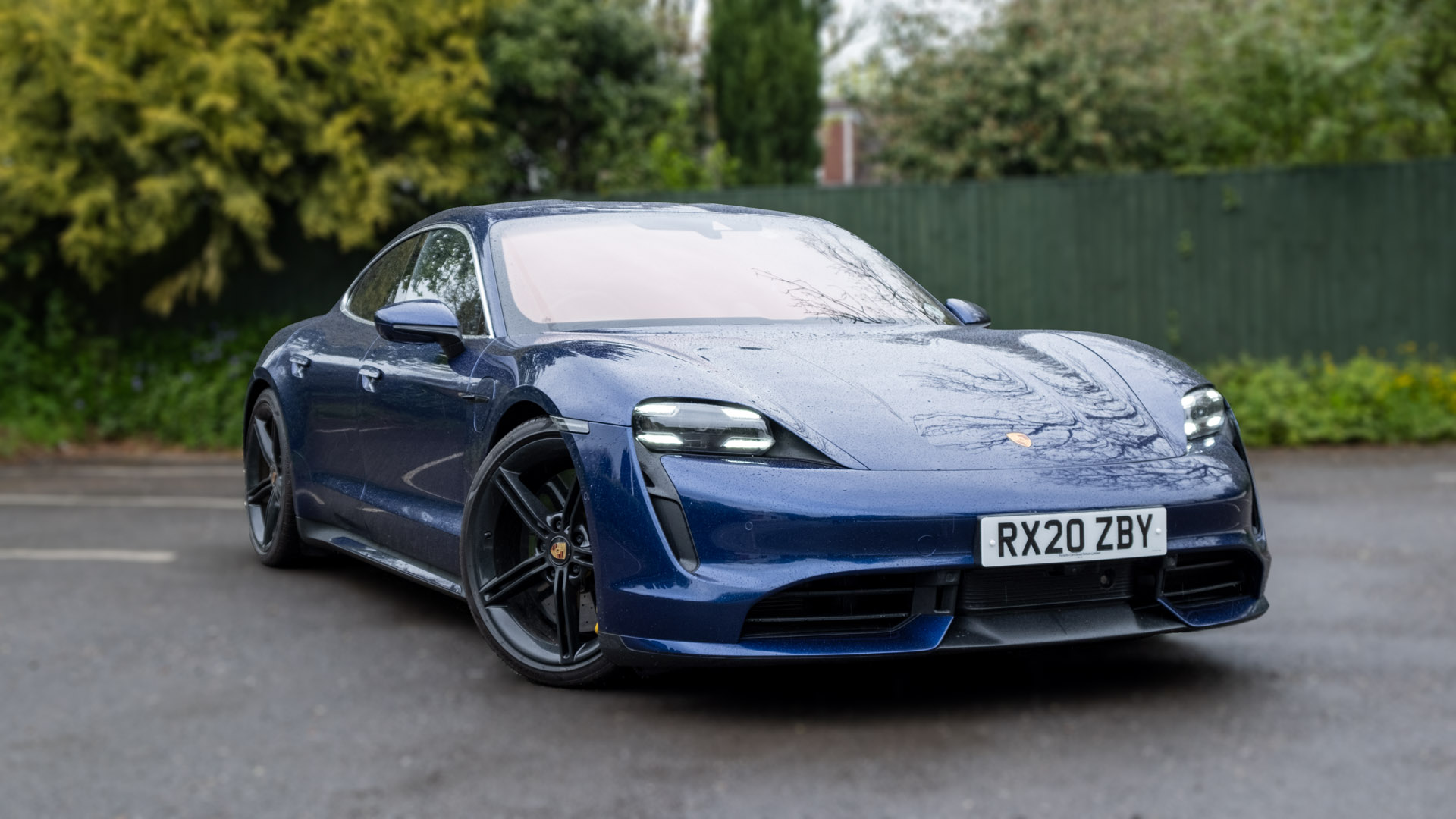
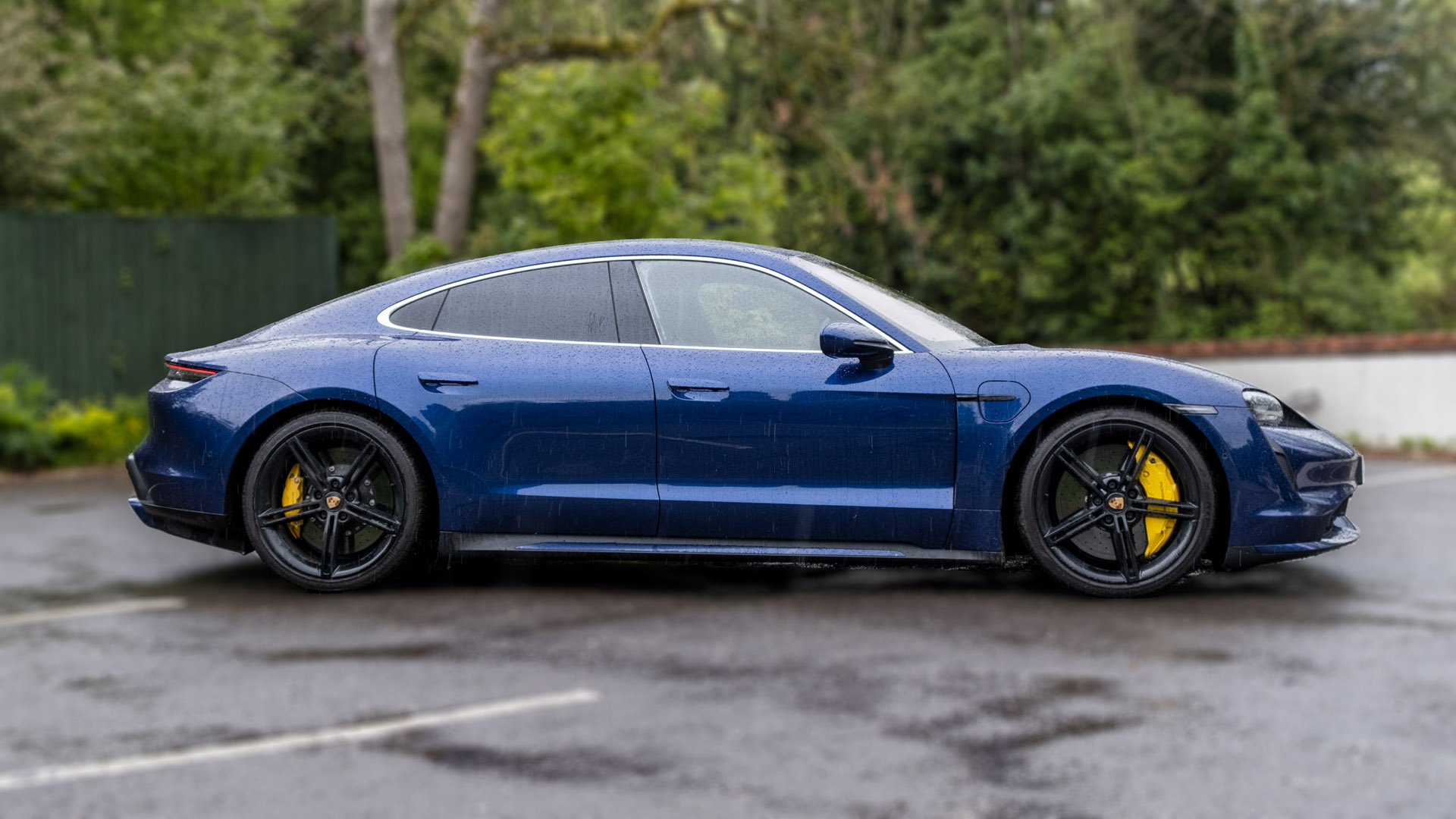
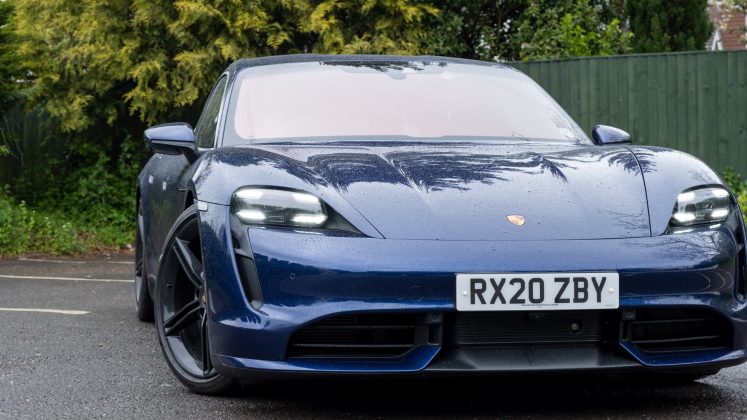
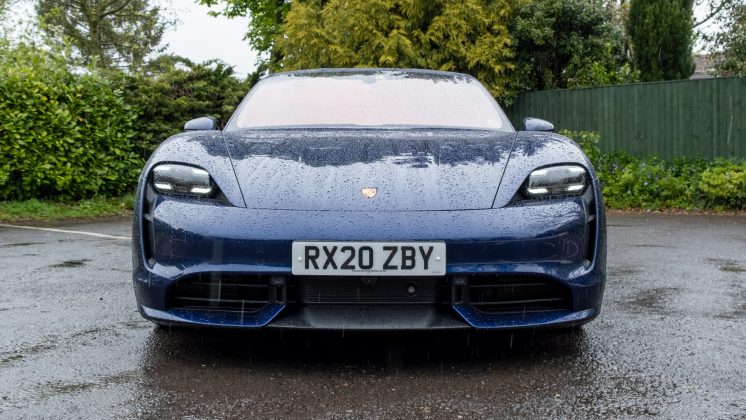
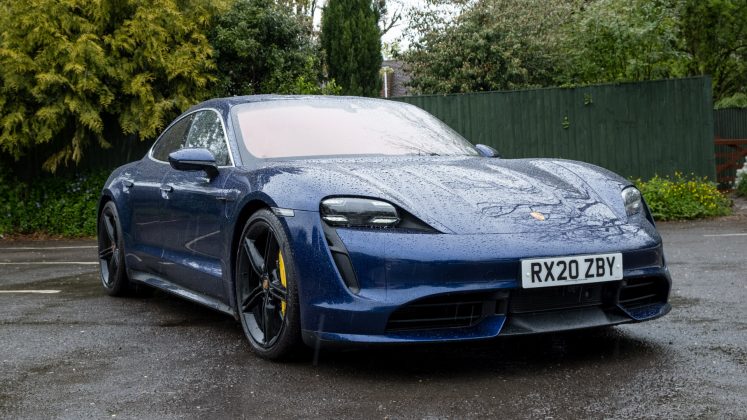
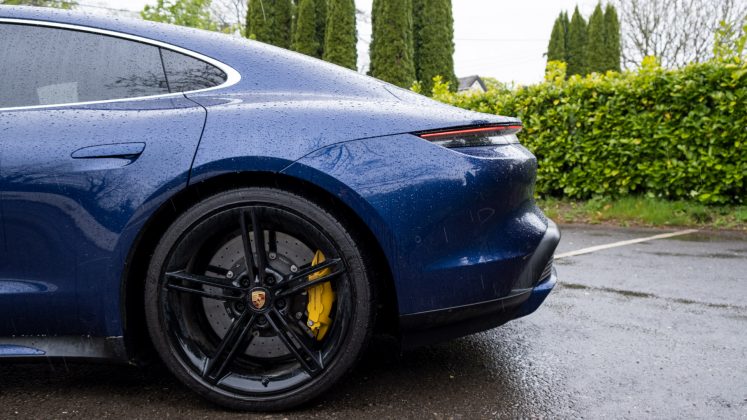
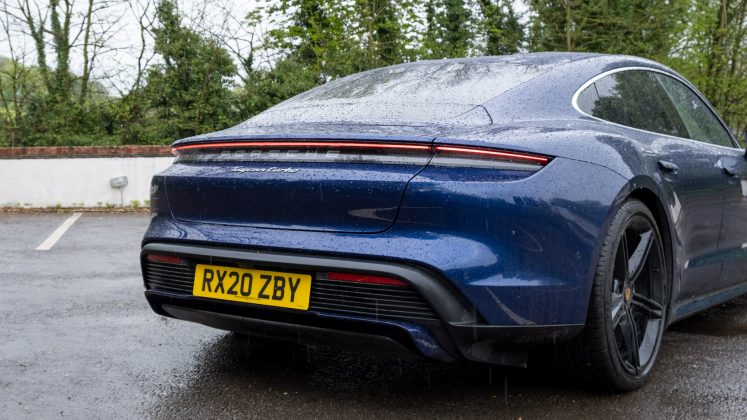
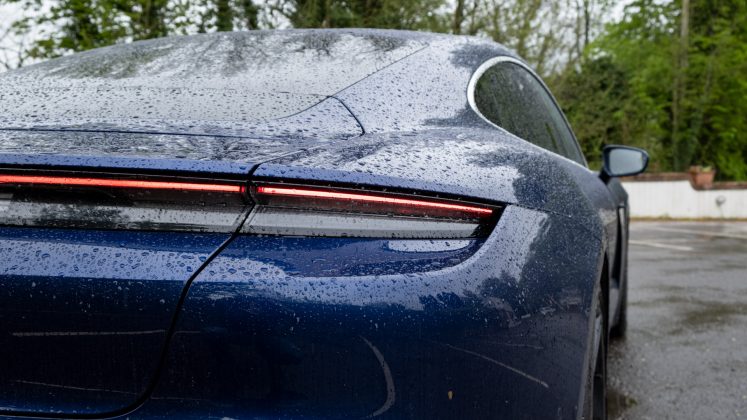
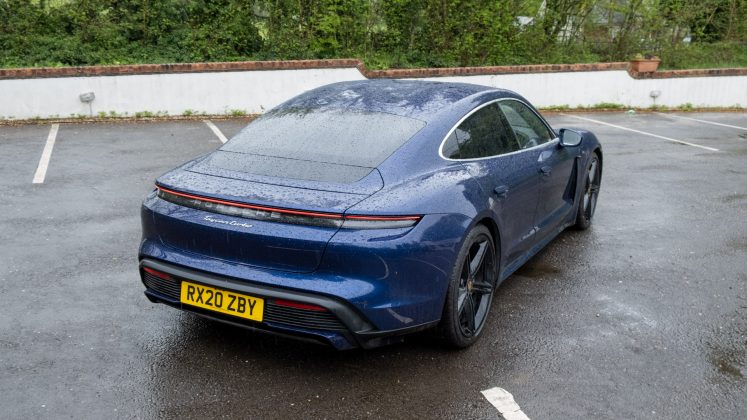
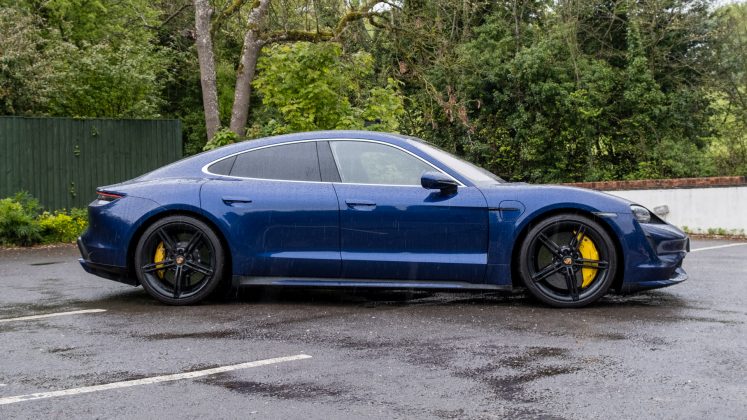
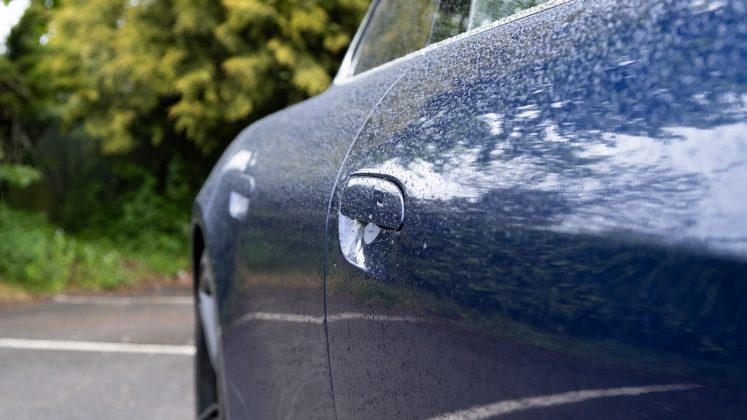
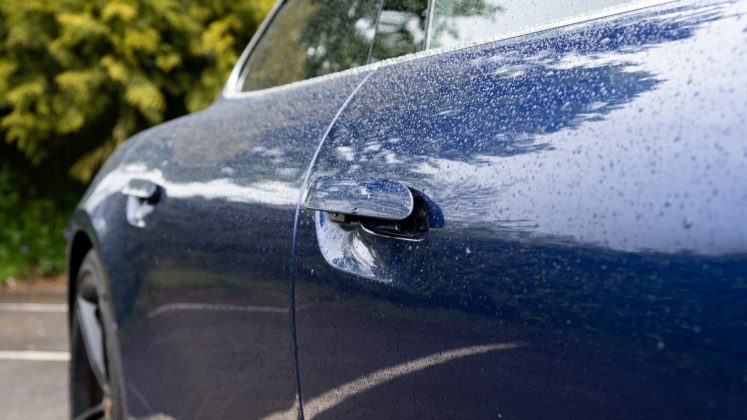
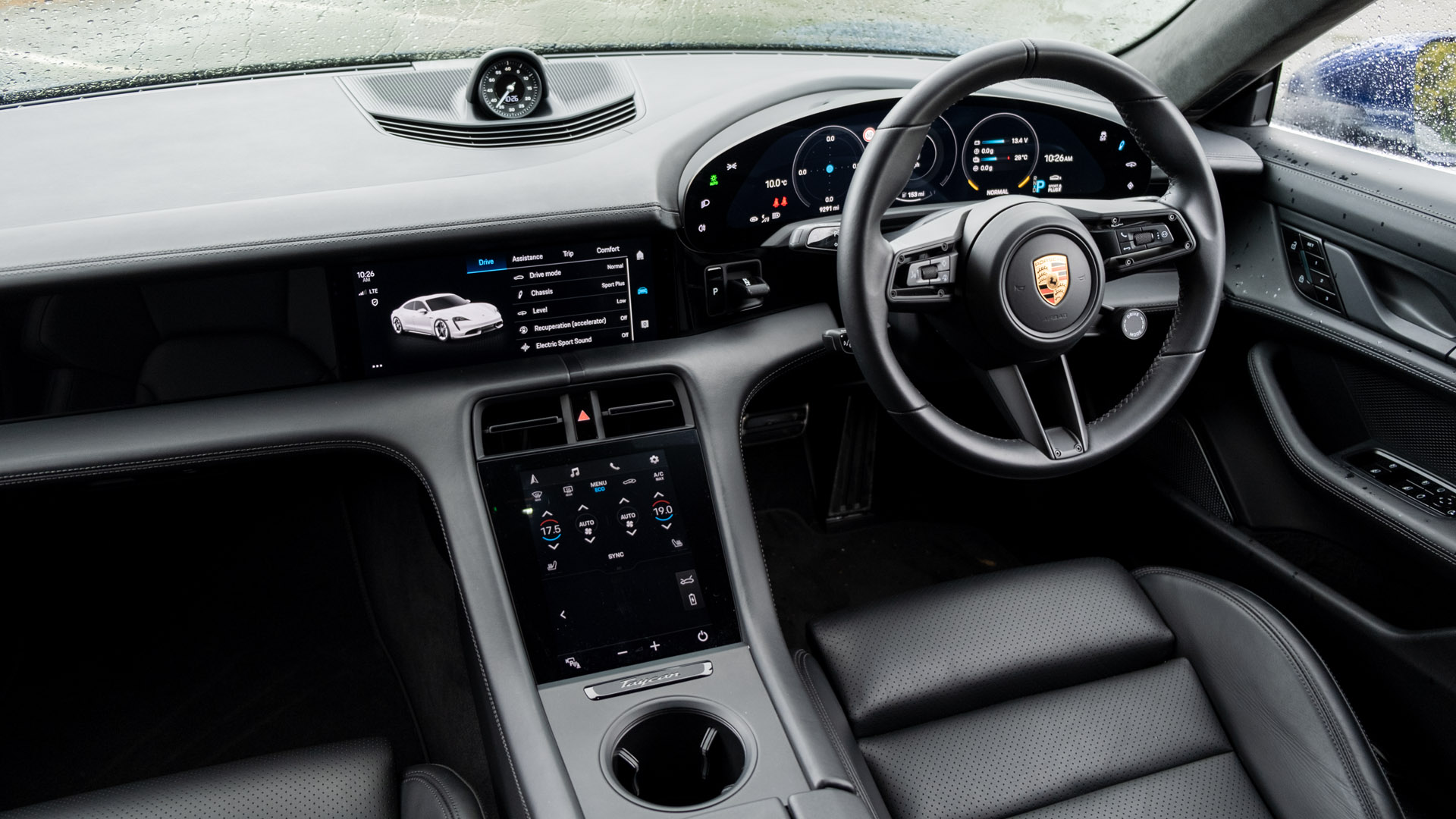
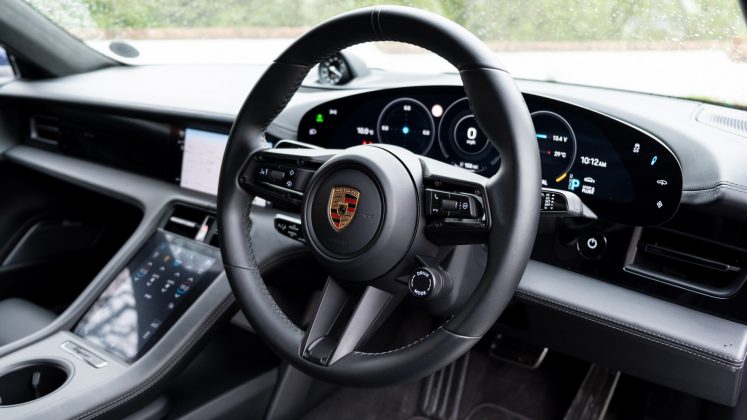
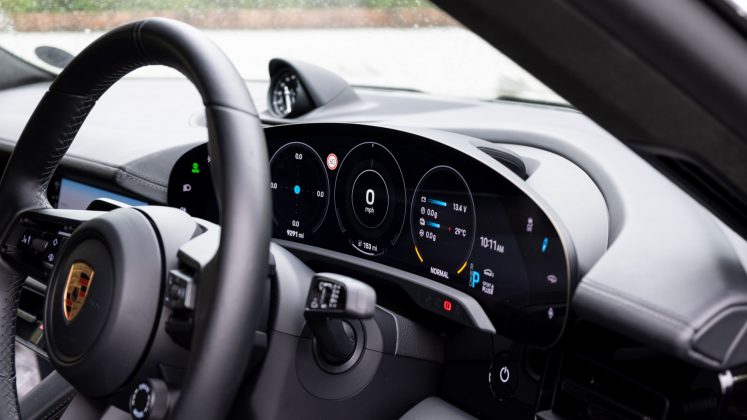
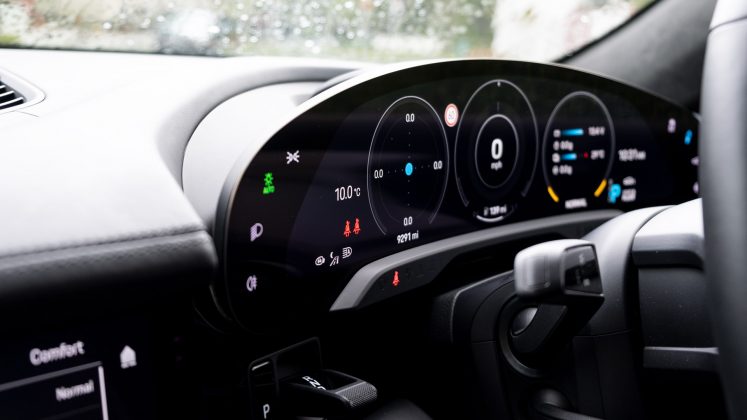
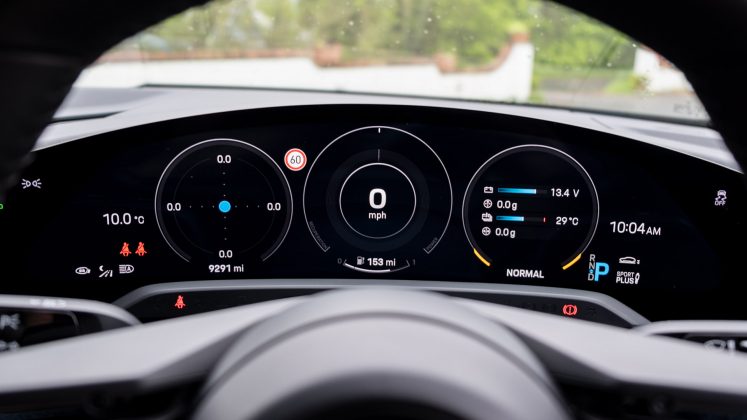
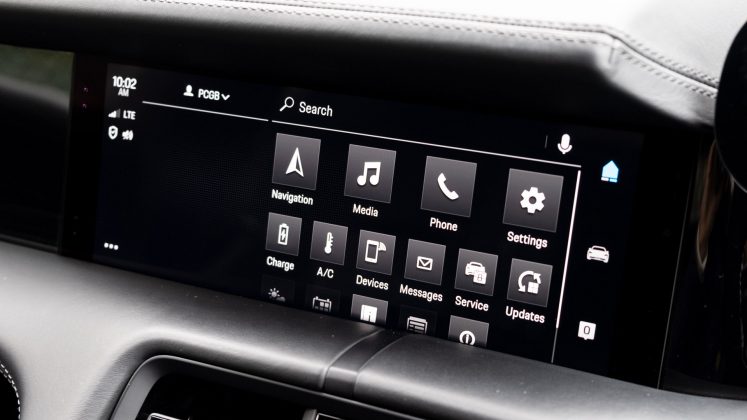
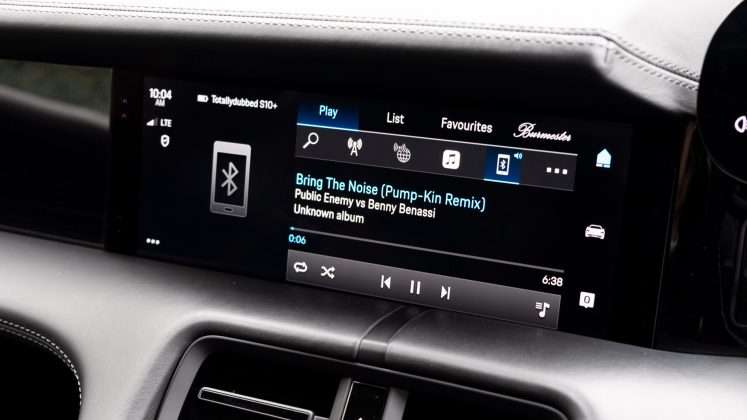
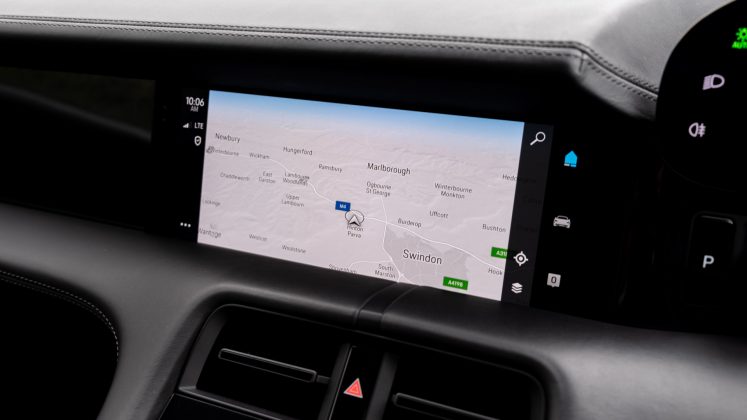
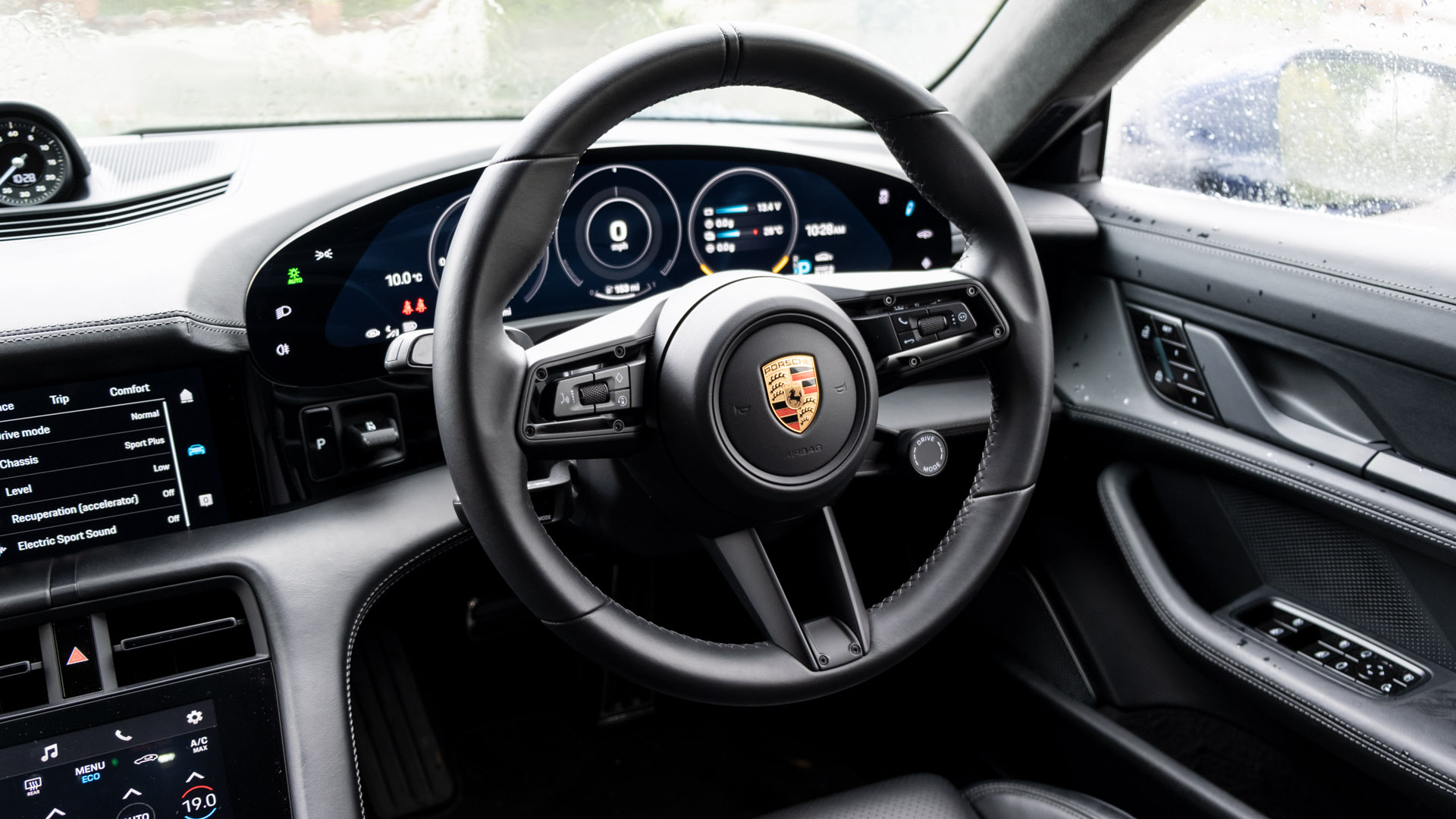
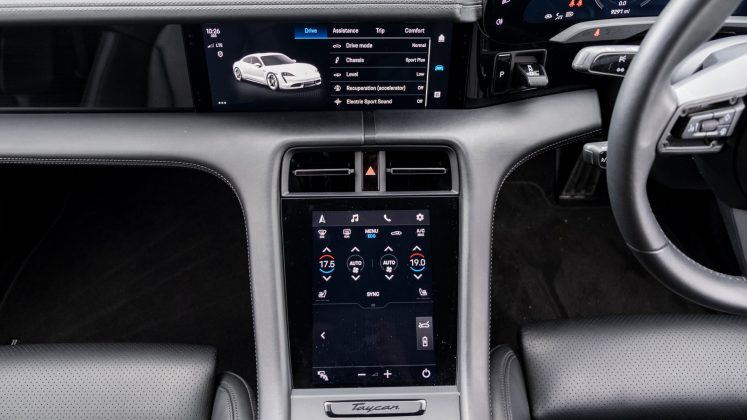
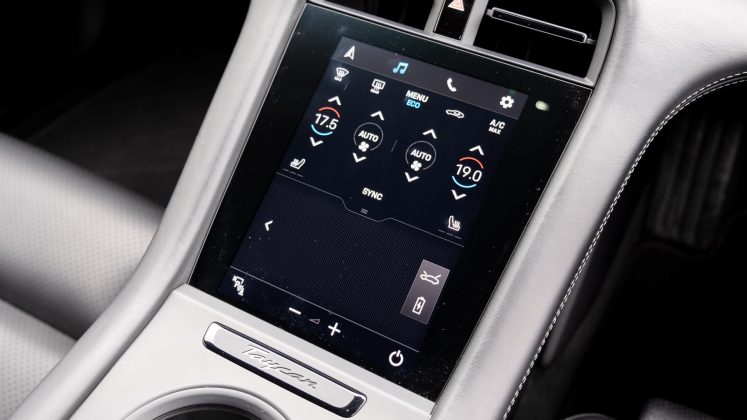
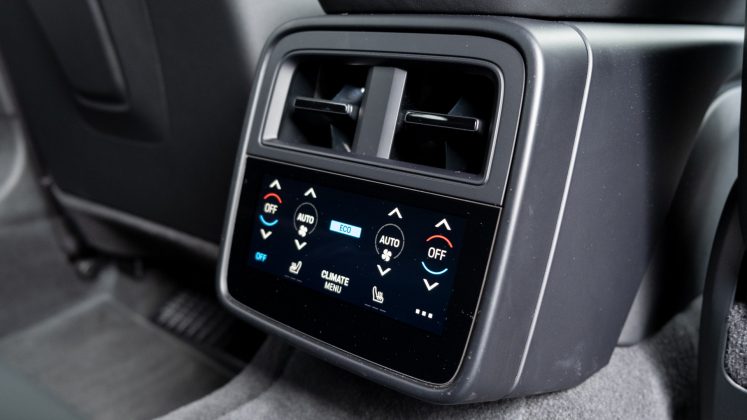
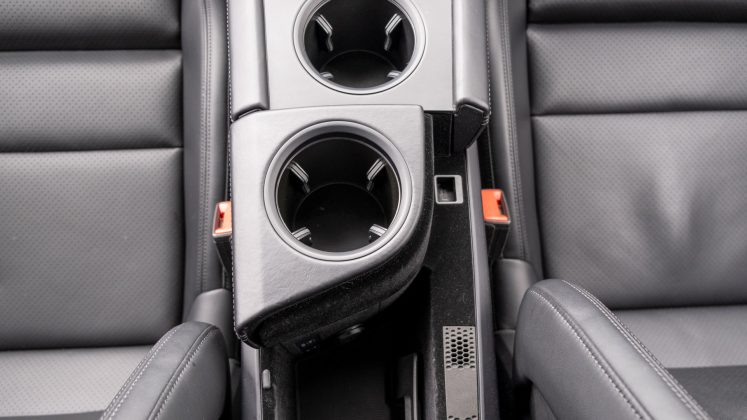
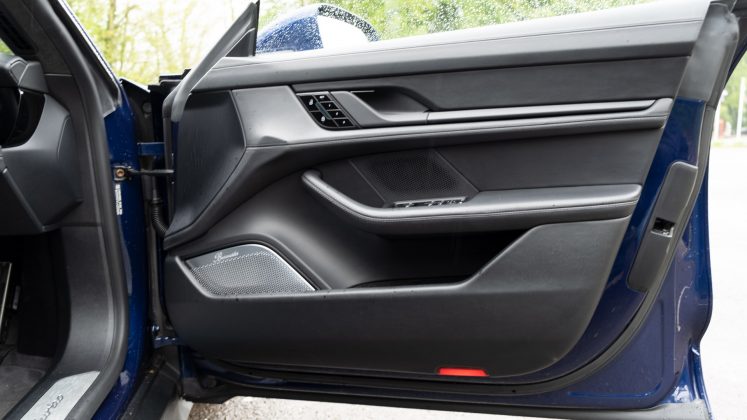
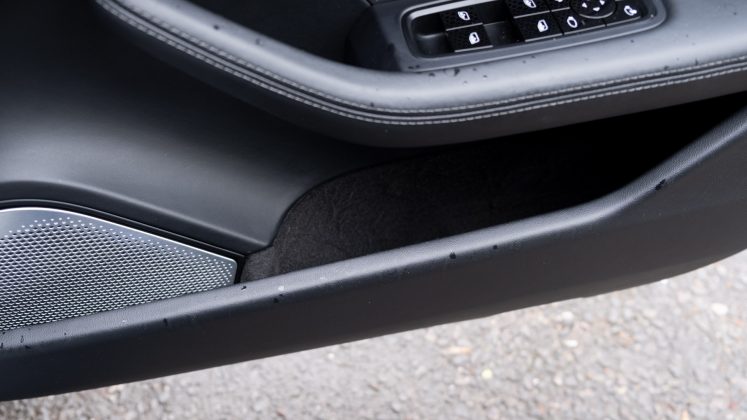
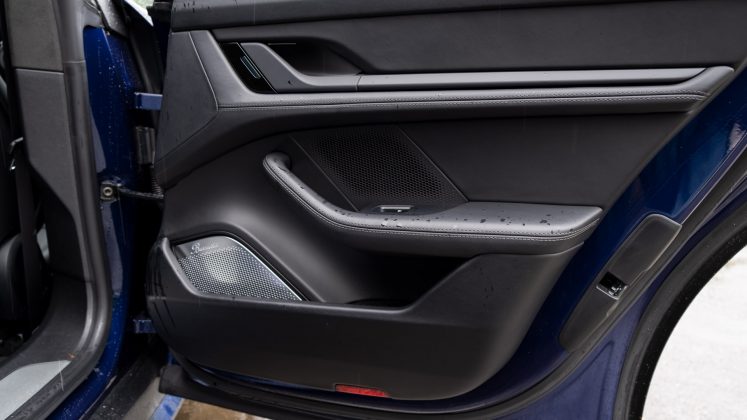
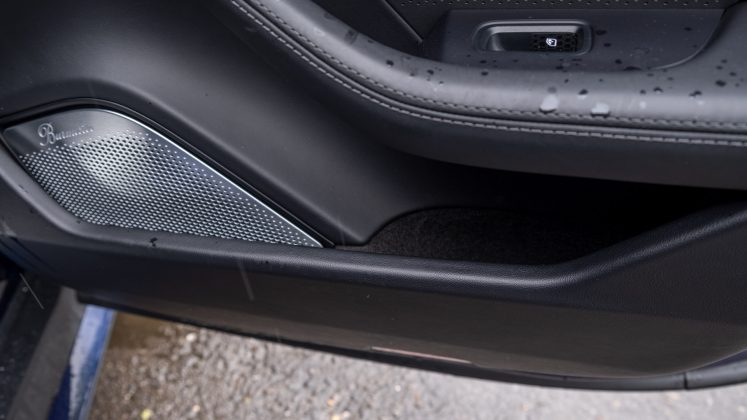
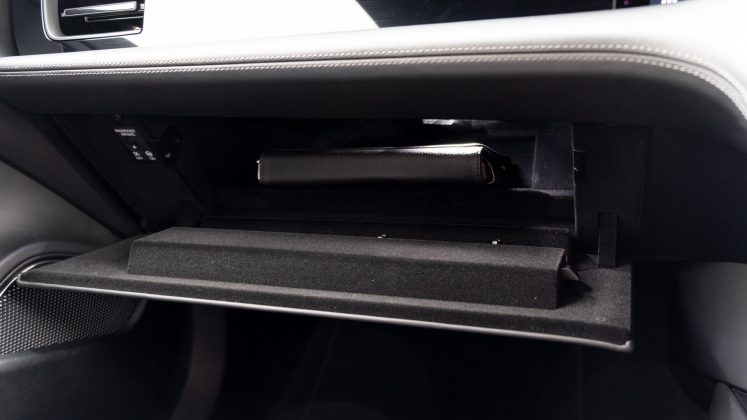
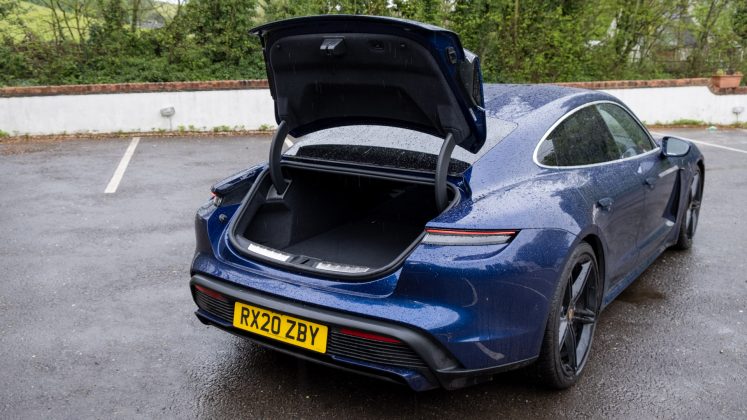
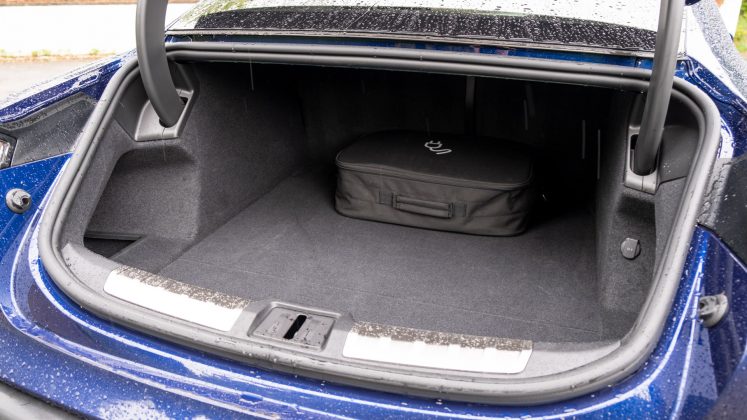
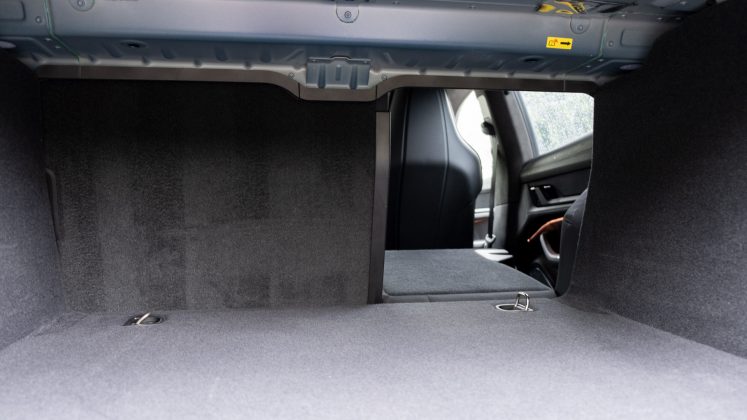
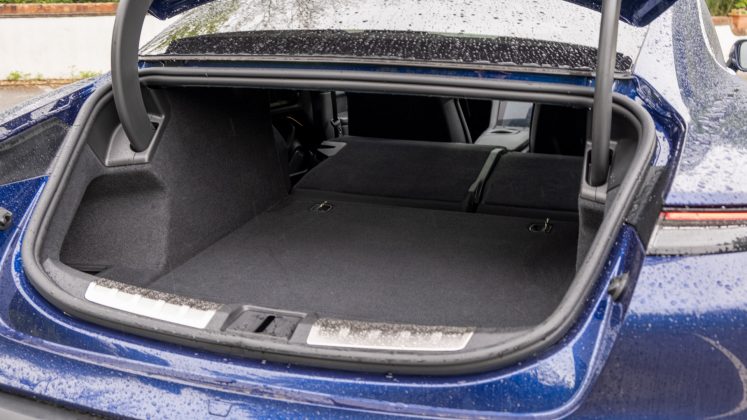
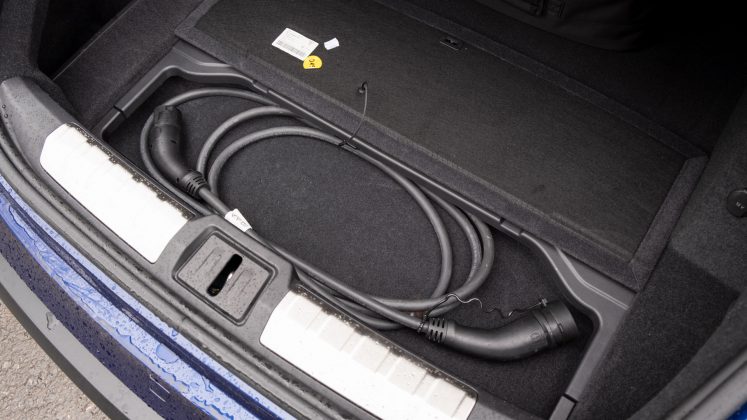
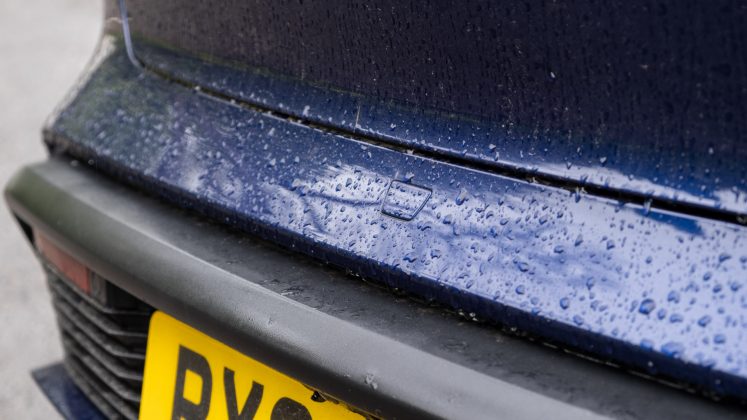
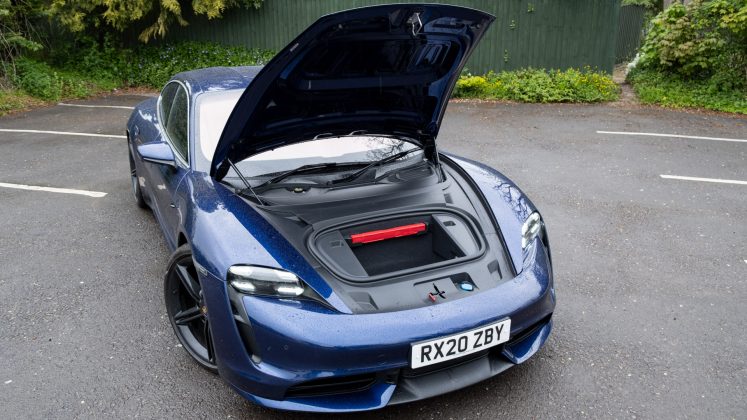
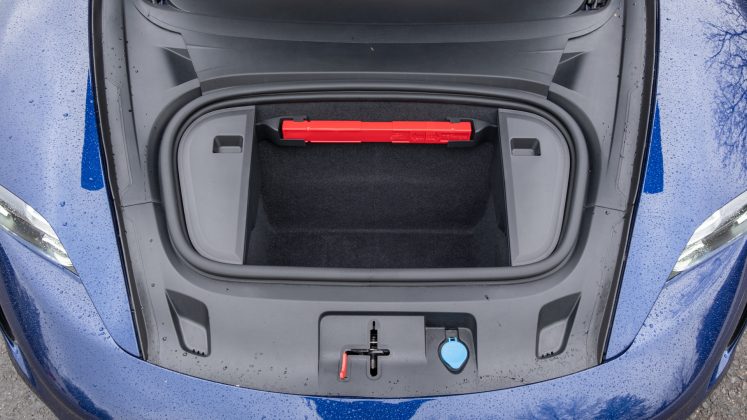
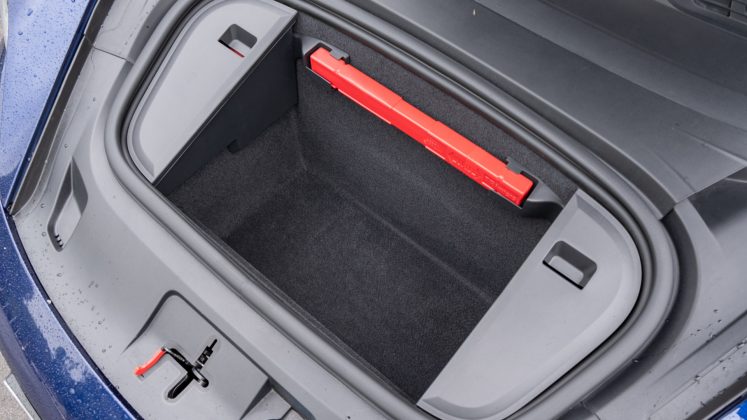
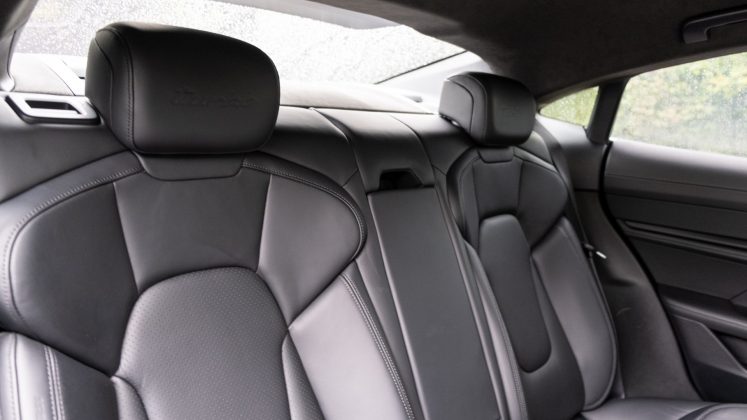
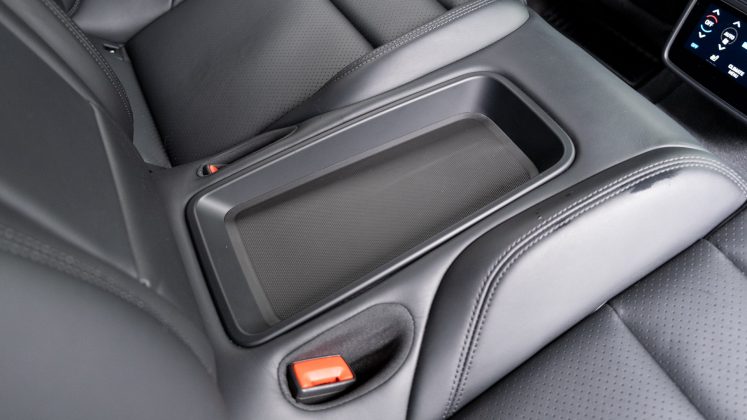
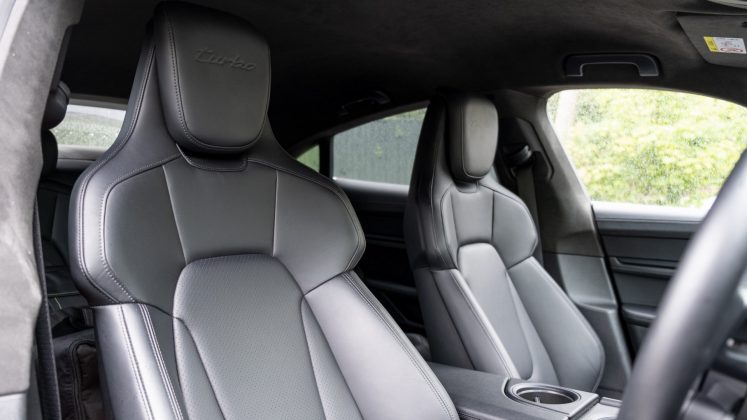
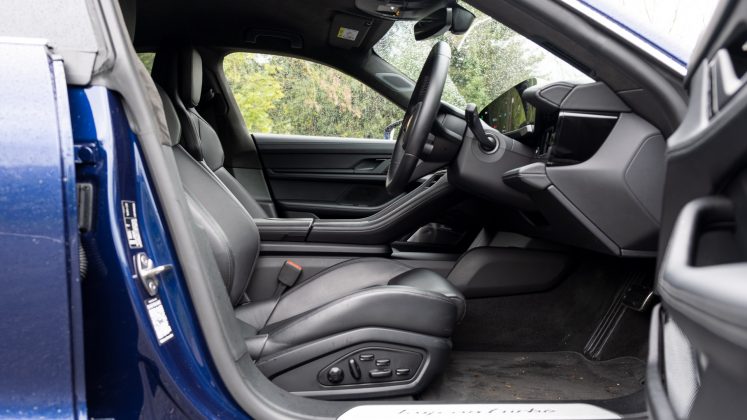
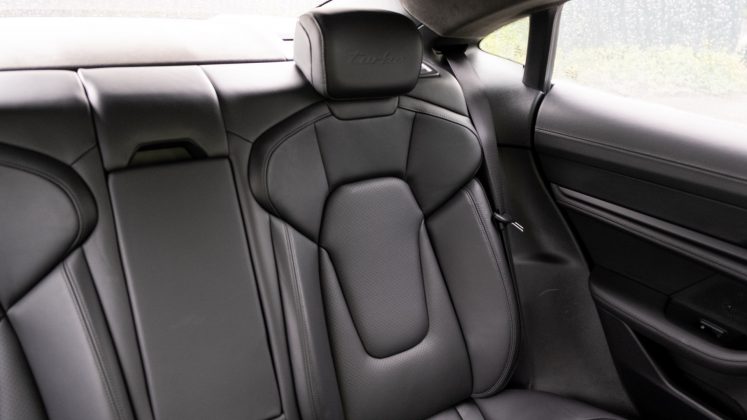
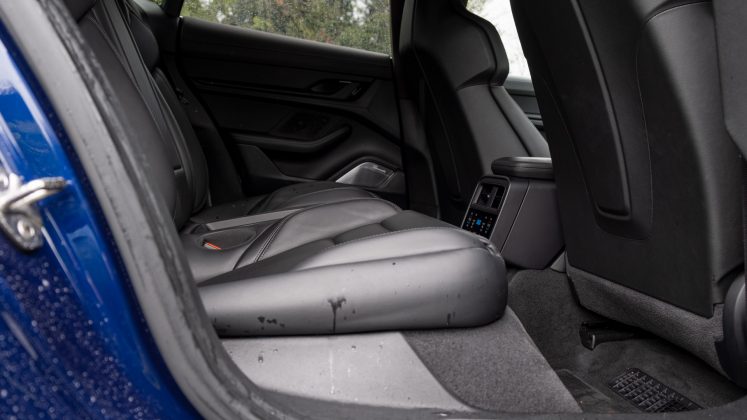
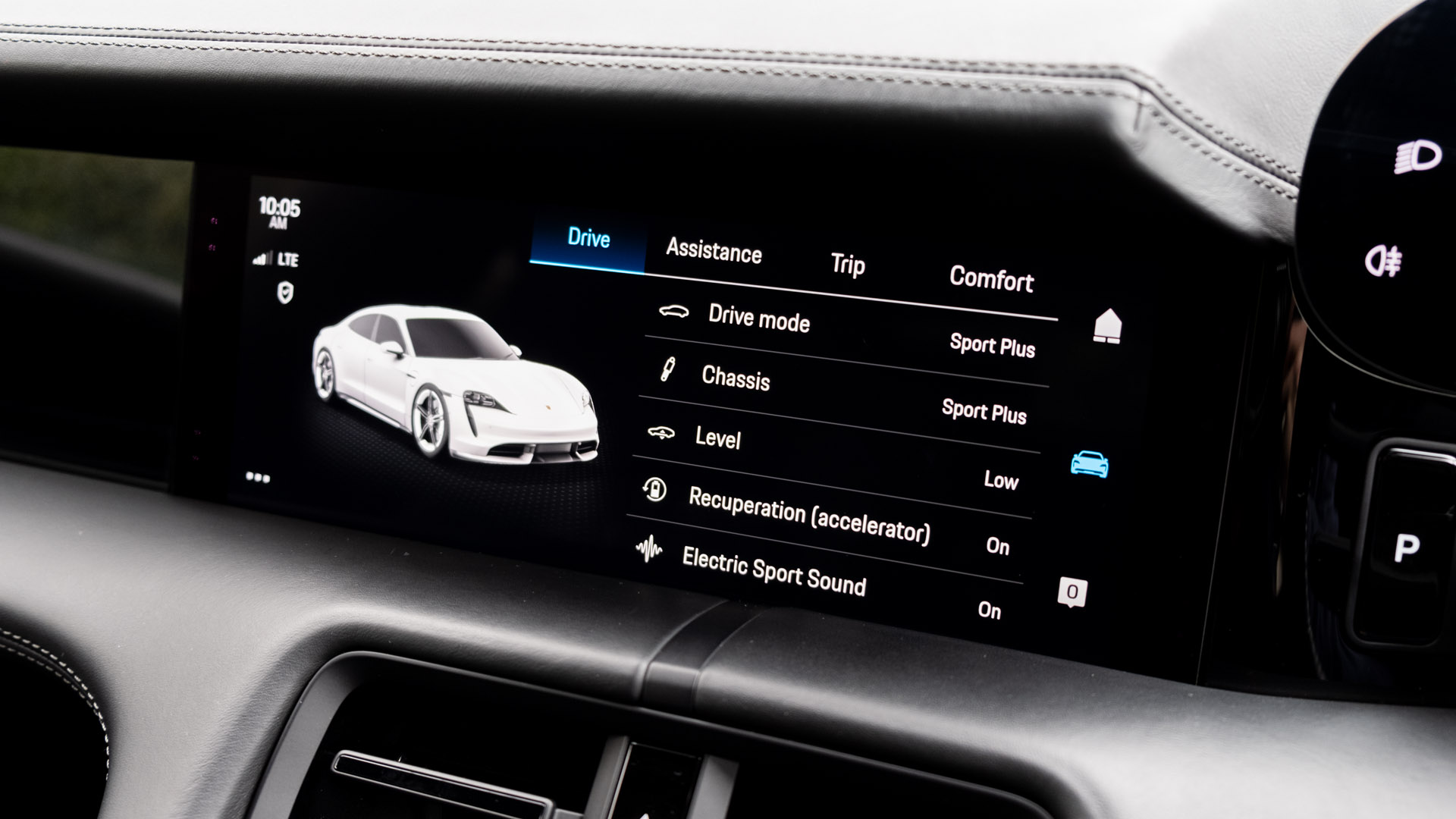
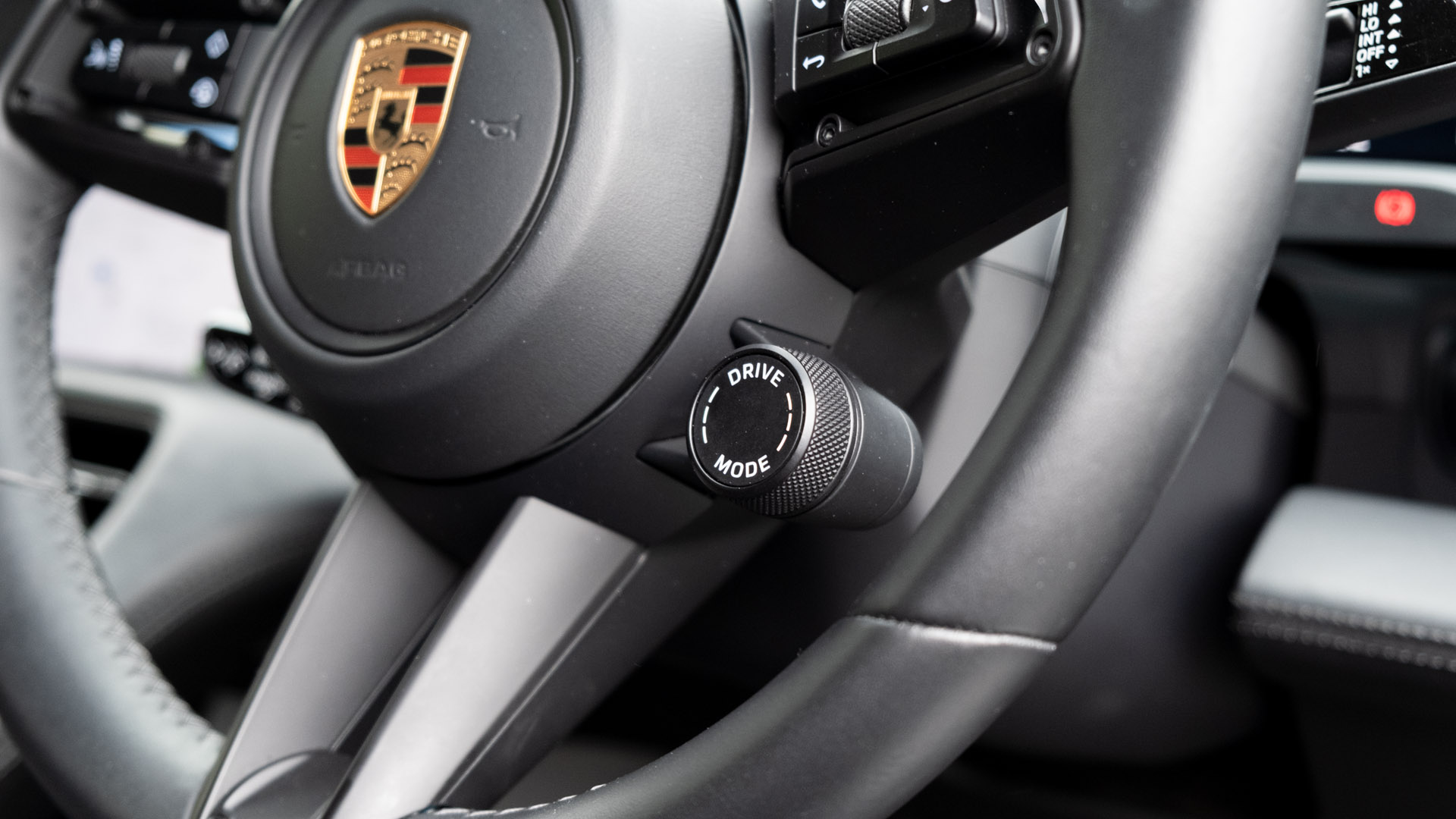
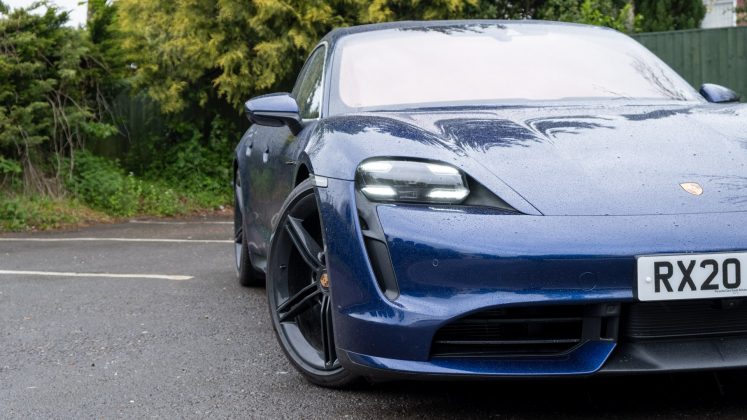
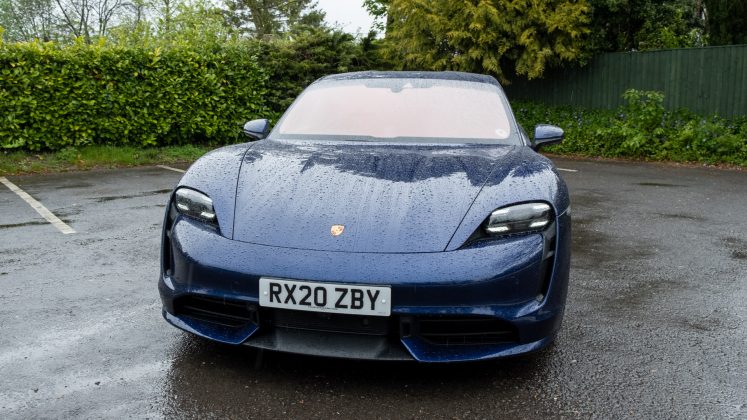
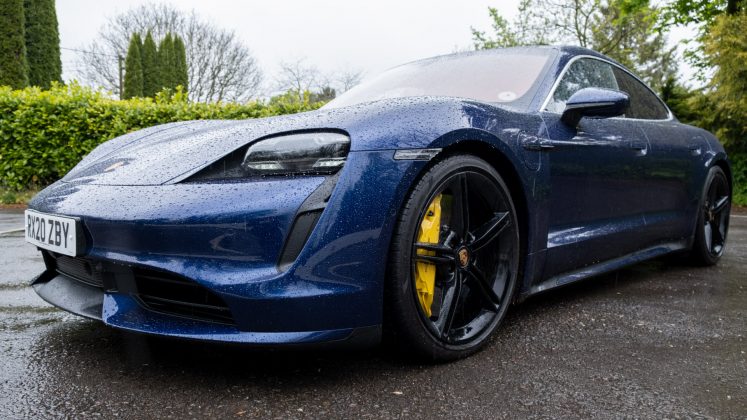
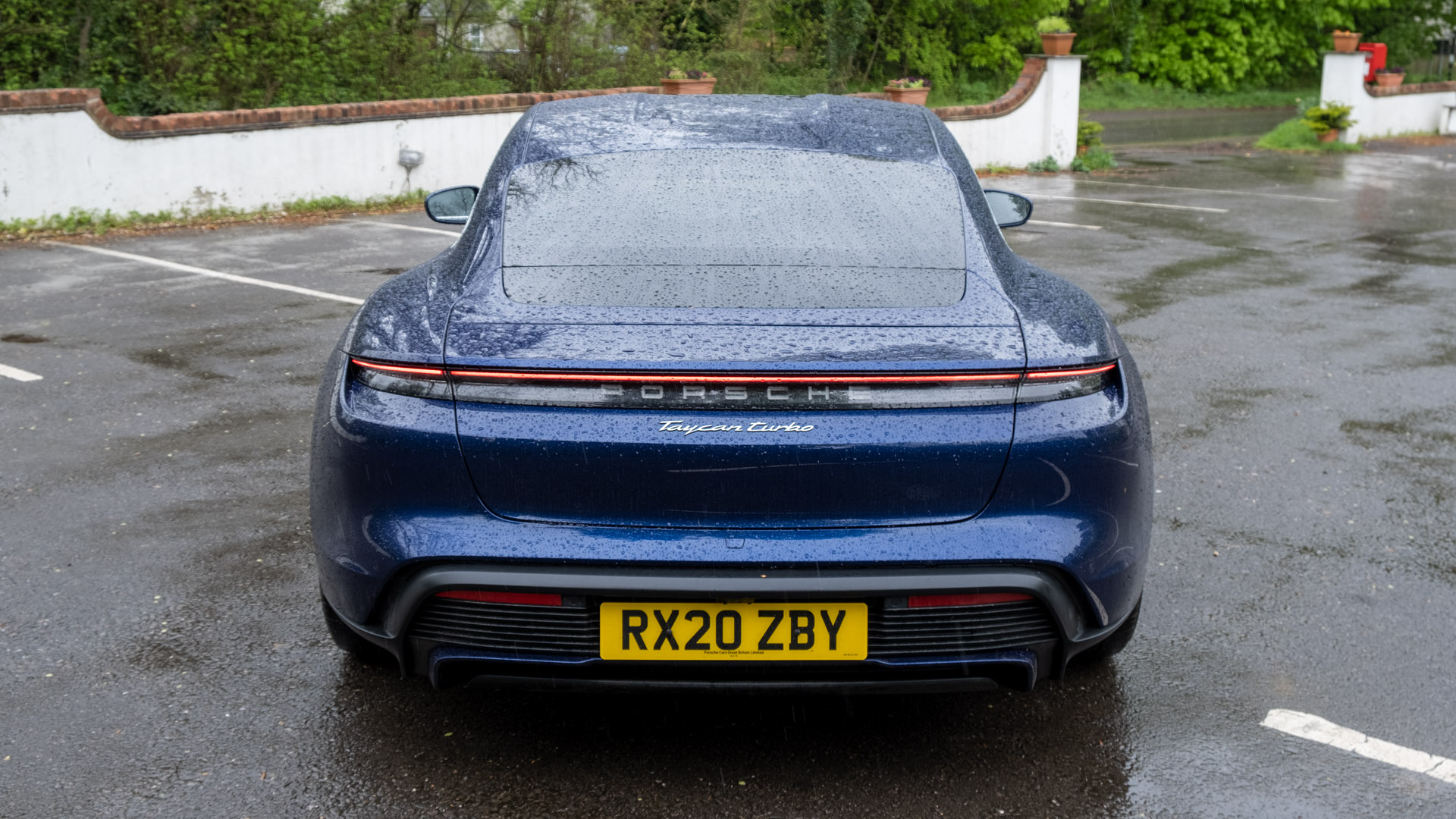
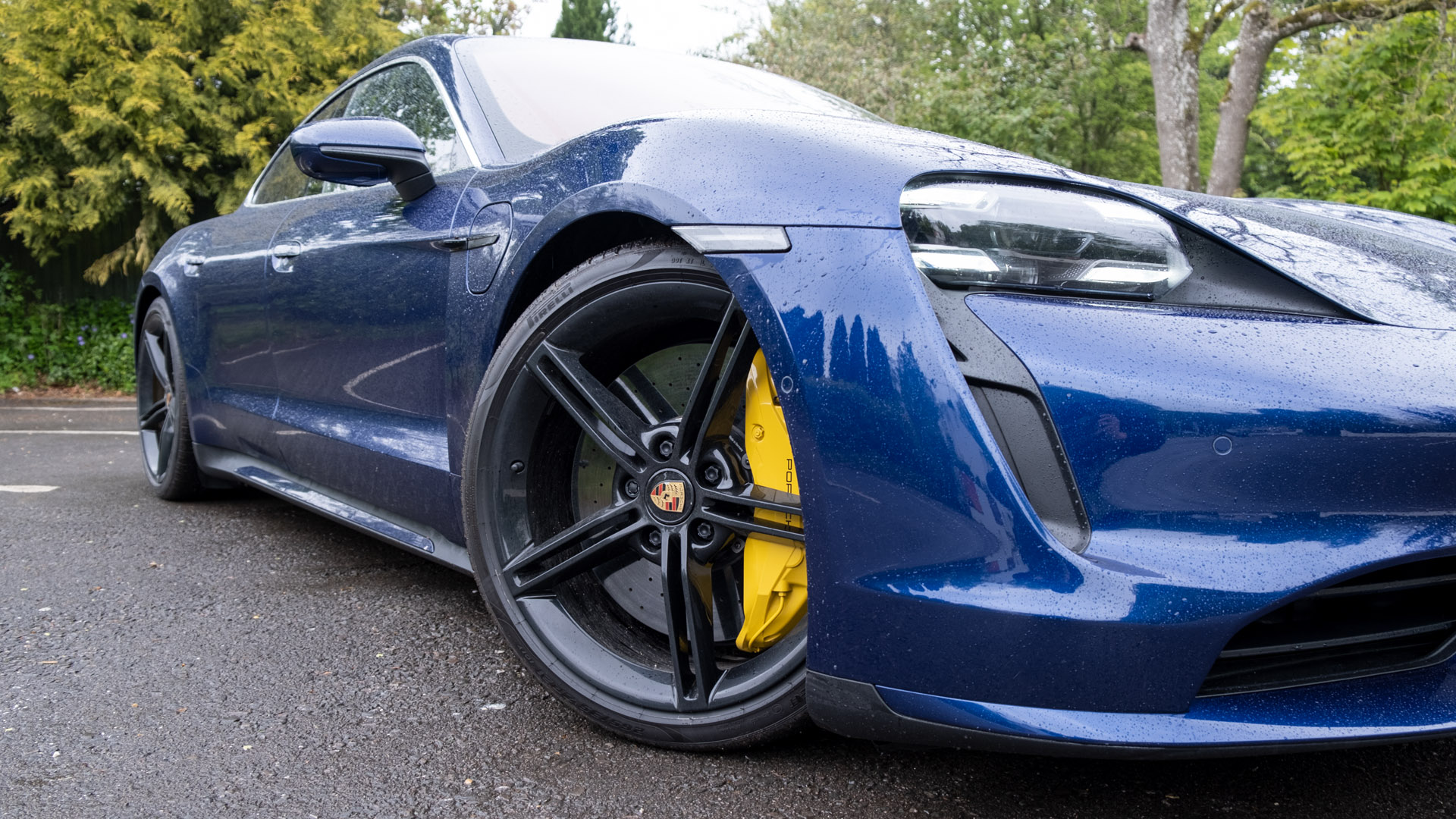
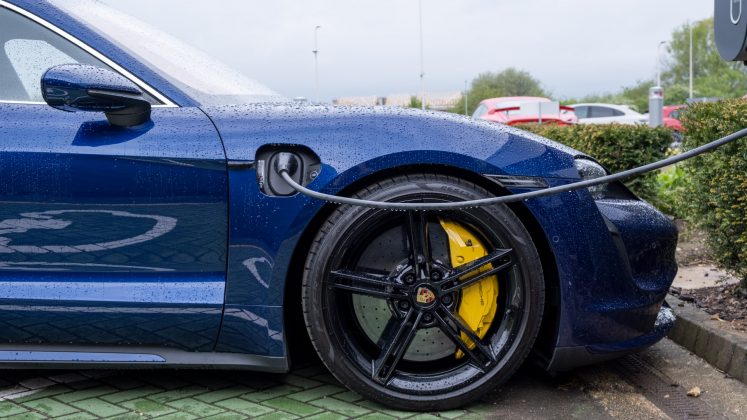
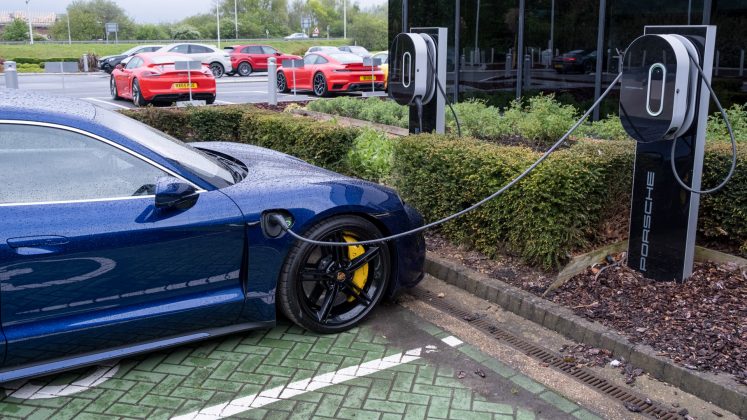
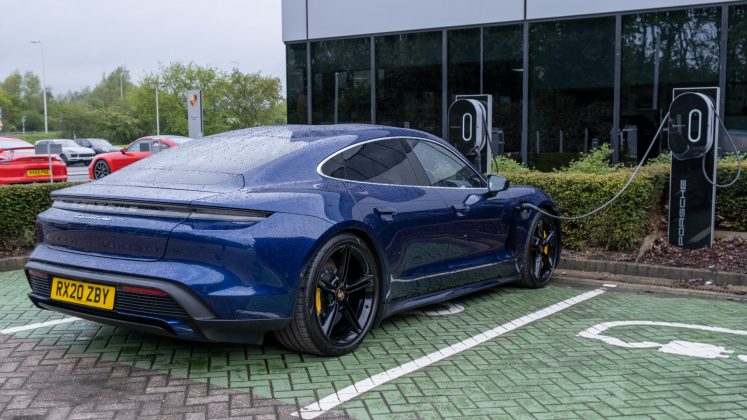
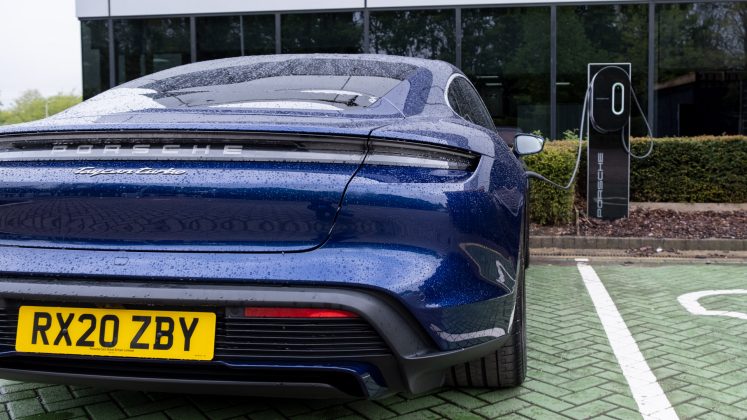
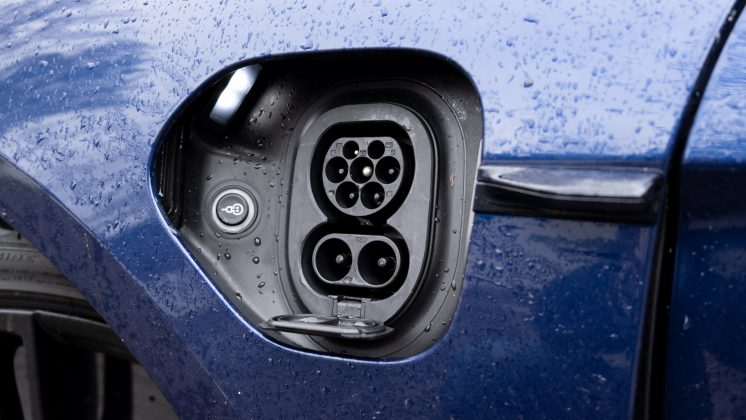
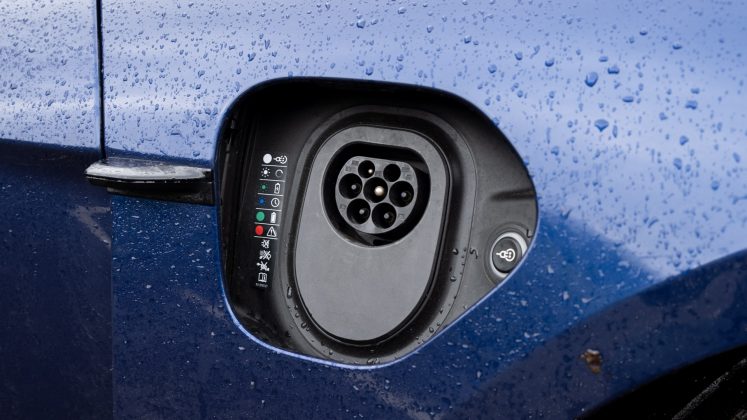
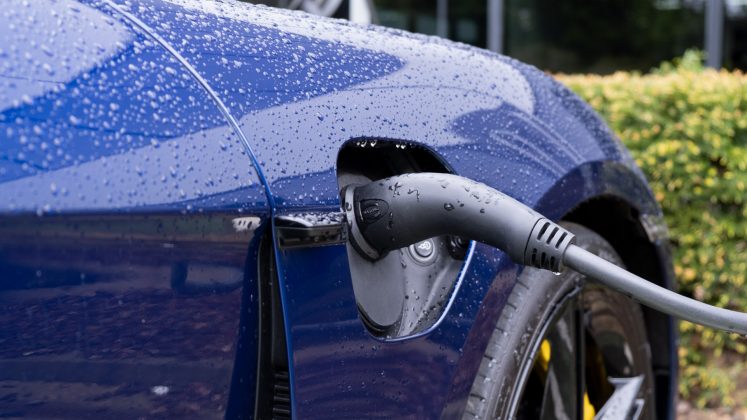
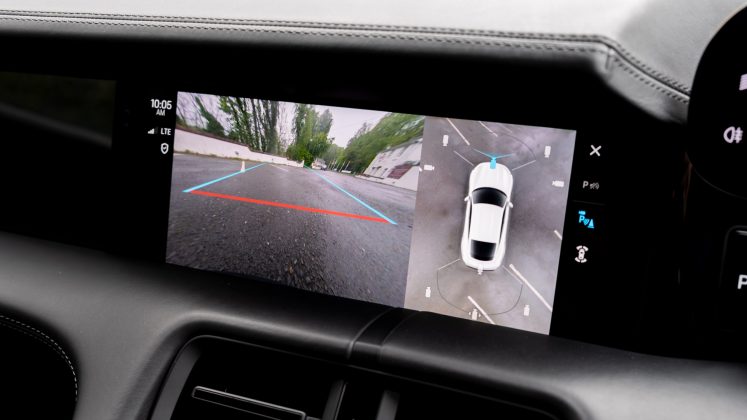
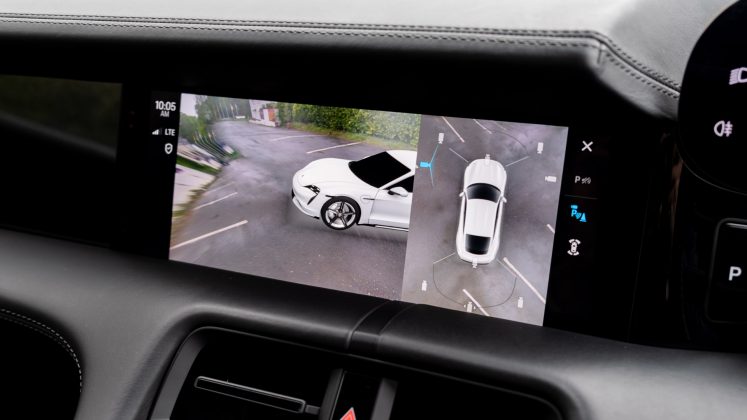
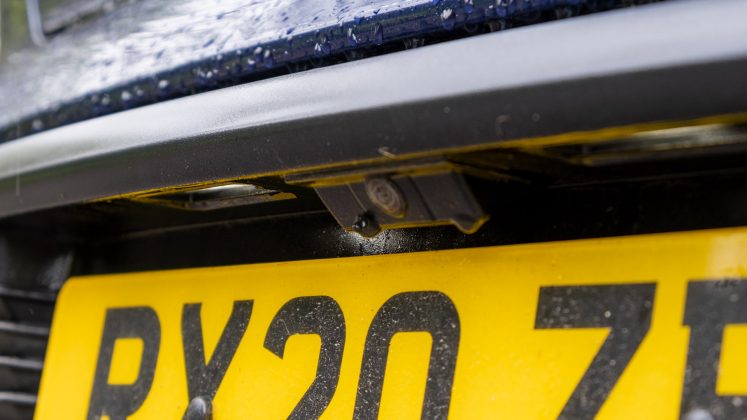
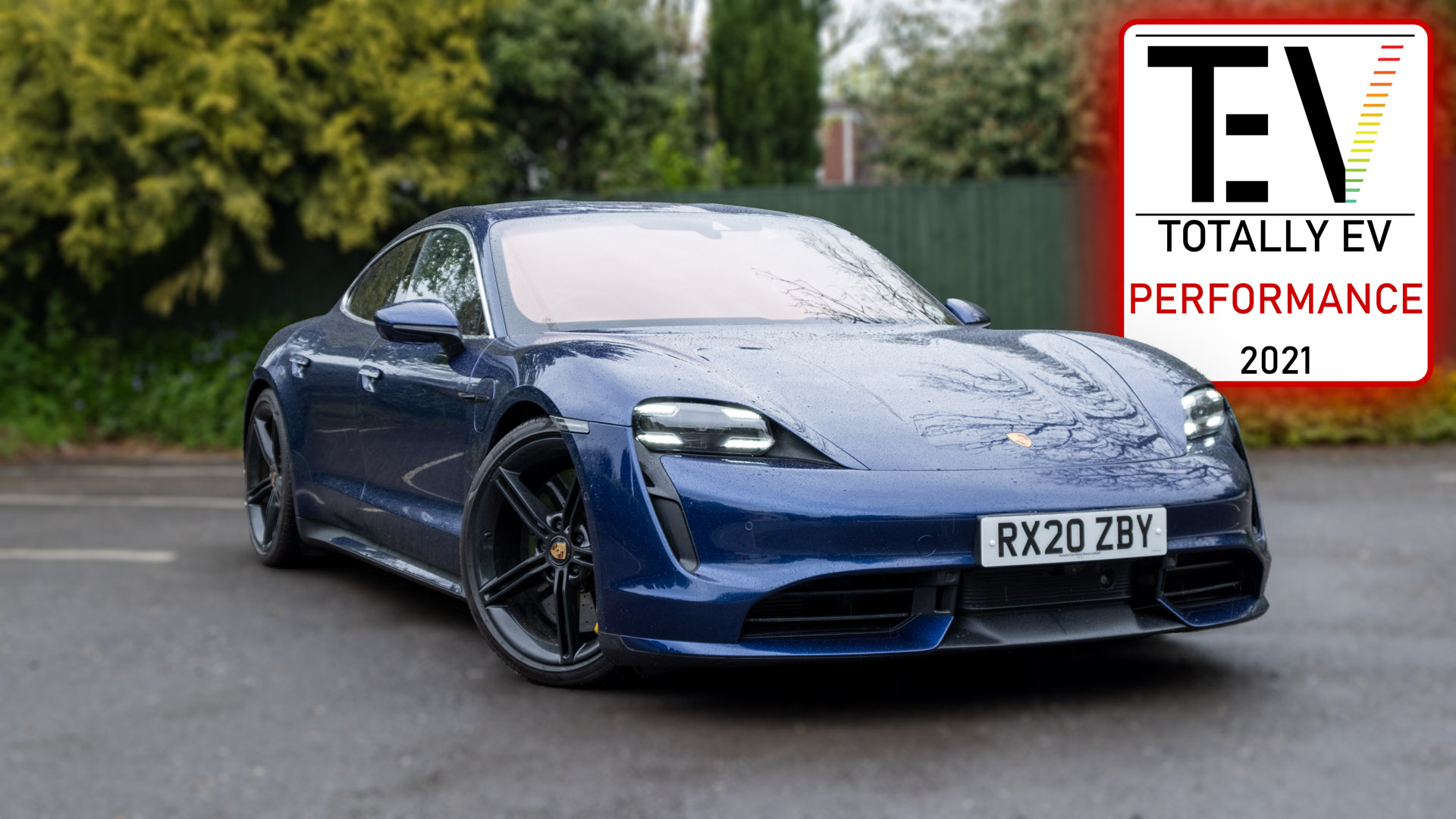




How the heck did you guys do that poorly on range?! No one manages to get sub 200. I routinely get around 230mi out of my Taycan Turbo, which falls short of the roughly 290mi I used to get out of my 2020 Model S Performance, but not by that much and the Tesla was on 19’s vs the Taycan on 21s. Ive yet to see any tester do *this* badly with the Taycan. Was the entire test done in heavy rain and cold weather? If so, that needs to be accounted for. Also, no clue why you keep comparing this against the Model 3. No one is cross shopping a bog common Model 3 (even the Performance edition), against a *Taycan Turbo*. Either compare against the Model S or compare against ICE.
Glad to hear you’re getting good range – all the figures are attained in a similar fashion; they coincided with all the testing we do across a multitude of EVs.